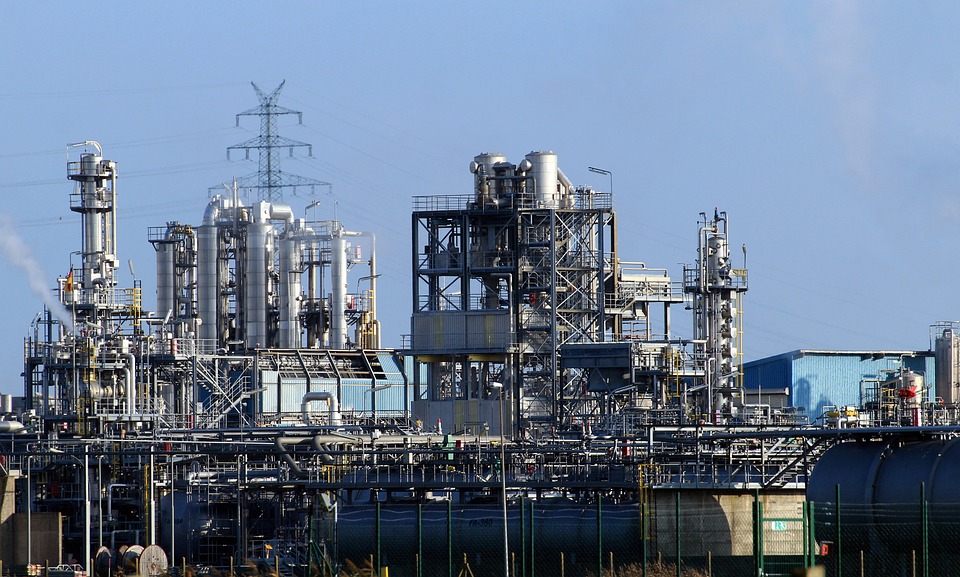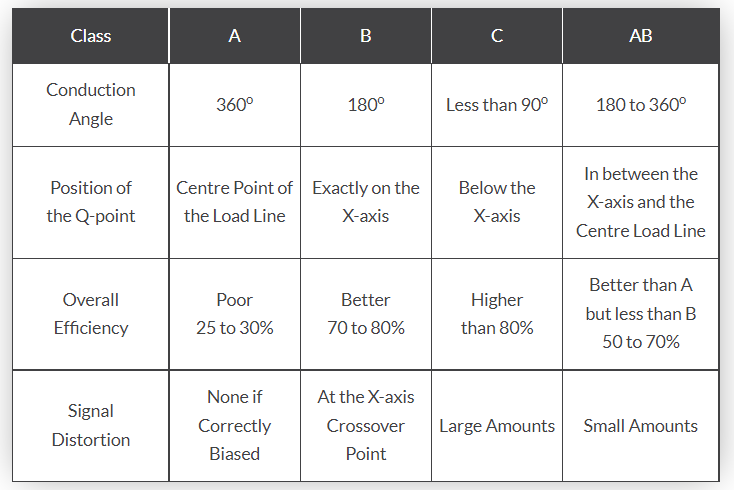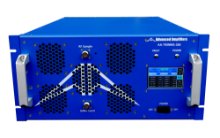What Is an RF Amplifier?

What Is An Amplifier?
An RF amplifier is a two-port electronic circuit that utilizes electric power from a power supply to increase the amplitude of a signal applied to its input terminals. The amp then produces a proportionally larger amplitude signal at the output. The amount of amplification offered by an amplifier is measured by its gain. Amplifier gain is the ratio of output voltage, current, or power to input.
Types Of RF Amplifier
Pulse Amplifier
Solid-State RF Amplifier
CW Amplifier (Continuous Wave Amplifier)
TWT Amplifier (Traveling Wave Tube Amplifier)
Vacuum Tube RF Power Amplifier
Amplifier Categories By Properties

Voltage Amplifiers
Voltage amplifiers are the most common amplifiers used in electronic devices. These systems are designed to increase the amplitude of the output voltage of the signal.
Current Amplifiers
Current amplifiers are designed to increase the amplitude of the input current compared to the input current waveform.
Power Amplifiers
Power amplifiers are made to increase the magnitude of a given input signal power for drive loads of output devices like speakers, headphones, RF transmitters, etc. The input signal to a power amplifier is required to be above a certain threshold and is pre-amplified using a current or voltage amplifier.
Amplifier Categories By Signals
1. RF Amplifier (Radio Frequency Amplifier)
Radio frequency power amplifiers are designed to convert a low-power radio frequency signal to a higher-power signal. Typically, RF amplifiers can amplify signals in any band of frequencies from 10 kHz to 100,000 MHz.
2. AF Amplifier (Audio Frequency Amplifier)
AF Amplifier is an audio frequency amplifier that changes the polarity of the current (alternating current ( AC )) to produce acoustic waves within the range of human hearing. The audio frequency range for an AF amp is typically from 20 Hz to 20,000 Hz.
3. IF Amplifier (Intermediate Frequency Amplifier)
Intermediate frequency is a frequency that shifts the carrier wave as an intermediate step in the transmission or reception. IF amplifiers are designed to change the frequency levels in circuits that are too selective, difficult to tune, or unstable. The device helps to change the frequency levels in circuits to improve image display and tuning range. They are fixed-frequency amplifiers that reject unwanted signals. The intermediate frequency range is generally from 300 Hz to 10 MHz.
4. Ultrasonic Amplifier
Ultrasonic amplifier is are lab equipment that amplifie voltage signals at high frequencies, typically greater than 20kHz.
5. Broadband Amplifier
A wideband-distributed amplifier covers DC to 65 GHz frequency range in various ultrawide bandwidths.
6. DC Amplifier (Direct-Coupled Amplifier)
DC amplifiers permit signals with zero frequency, also referred to as direct current, to pass from input to output. Compared to AC amplifiers, DC amplifiers have better low-frequency responses.
7. Video Amplifier
Video amplifiers are designed to amplify and filter analog video signals to maintain signal fidelity across 75W cabling. Common applications include video cable extension, video recording systems, floppy disk head amplifiers, and pulsed amplifiers in communications.
8. Buffer Amplifier
Generally, a current buffer amplifier is made for transferring a current from a first circuit with a low output impedance level to a second circuit with a high input impedance level. The 2 types of buffers are a voltage buffer and a current buffer.
9. Operational Amplifier
An operational amplifier is a DC-coupled, high-gain electronic voltage amplifier with a differential input. They typically have a single-ended output. The three main types of operational amplifiers include dual supply, single supply, and rail-to-rail.
10. Transistor Amplifier
A transistor amplifier can raise the strength of a weak signal. The DC bias voltage applied to the emitter base junction, making it remain in forward-biased condition. Three of the fundamental transistor amplifiers include common emitter, common collector, and common base.
RF Amplifier Applications

Consumer
- Consumer electronic devices
- Mobile internet
- Electronic warfare
Industrial
- Commercial and defense avionics
- Space and deep space
- Naval applications
Communication
- Satellite communication
- Wireless communications
Characteristics Of An RF Amplifier
-
Bandwidth: The operating frequency range of the amplifier (the difference between the upper and lower frequencies of a signal generated)
-
Noise: Unwanted extra signals included in the output that can be caused by dirty power, a bad ground connection, or fluorescent lighting
-
Skew Rate: The rate of change in an output voltage in relation to a step change of the input
-
Amplifier Gain: The amplifier gain is the correlation between the signal measured at the output with the signal measured at the input. The three different amplifier gains are Voltage Gain (Av), Current Gain (Ai) and Power Gain (Ap)
-
Stability: The ability to provide constant and reliable output
-
Linearity: The degree of proportionality between input and output signals
-
Efficiency: Another very important characteristic is the ratio between the output power and power consumed
-
Output Dynamic Range: Range between the smallest and largest useful output levels, typically given in the unit dB
Amplifier Classes
The classification of an amplifier is determined by comparing the characteristics of the input and output signals by measuring the amount of time in relation to the input signal that the current flows in the output circuit.
- Class A Amplifier
- Class B Amplifier
- Class AB Amplifier
- Class C Amplifier
_24.png)
Choosing The Right Amplifier
Consider features like amplifier gain, noise, bandwidth, linearity, and efficiency to choose the ideal RF amplifier for your testing needs. Generally, RF amplifiers are used to amplify signals in any band of frequencies between 10 kHz and 100,000 MHz.


